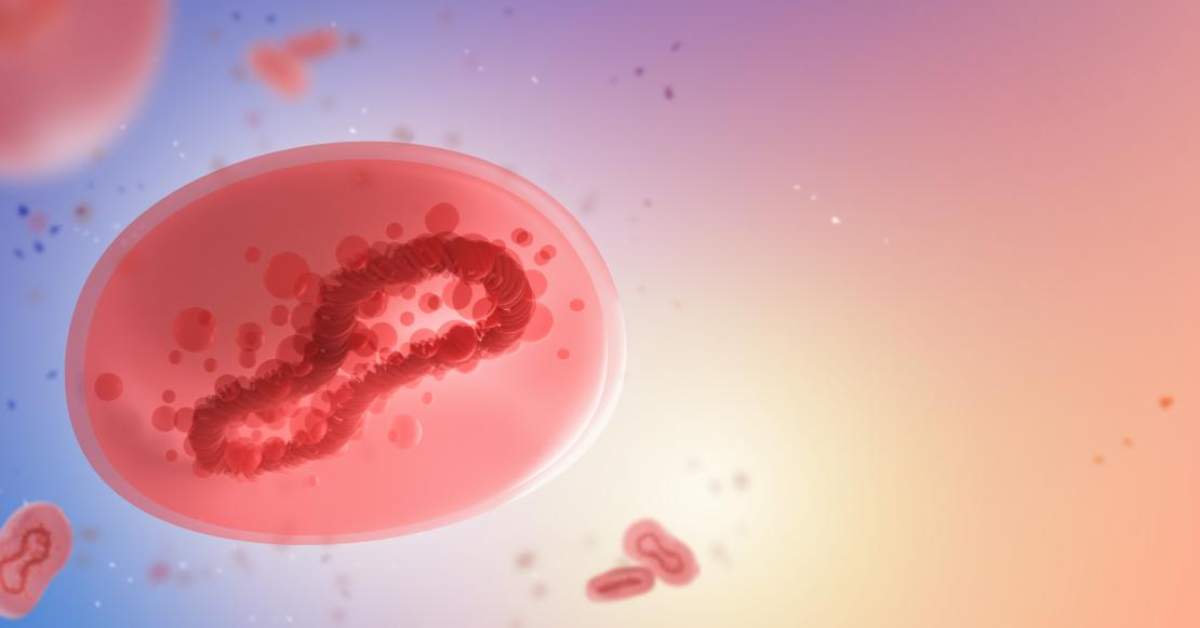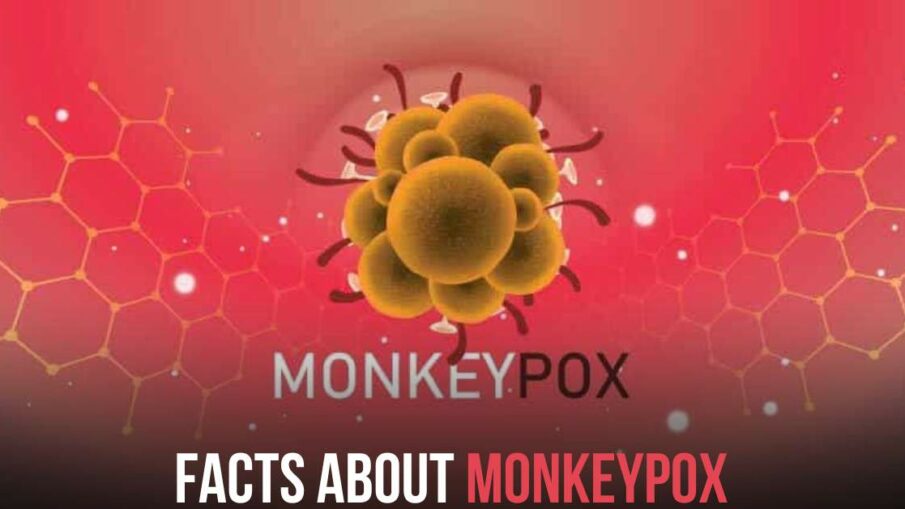The global landscape of viral infections is evolving, and the behavior of viruses is constantly shifting. This has led to a surge in cases of various viral illnesses, prompting a heightened awareness of their transmission and impact.
In August, the U.S. government declared the monkeypox outbreak a public health emergency, shedding light on this lesser-known viral infection.
Deciphering Monkeypox

Monkeypox, a viral illness belonging to the same family as smallpox, has garnered attention due to its recent outbreak. Although it is rarely fatal, it does bring about flu-like symptoms and a distressing rash. The illness generally follows a course of two to four weeks, but it can persist longer, particularly in individuals with compromised immune systems.
Contrary to its name, monkeys are not the culprits. While the disease was initially discovered in laboratory monkeys in 1958, it finds its natural hosts in rodents like rats, squirrels, and prairie dogs. Monkeys and humans are merely incidental hosts.
Dr. Taylor Nelson, an infectious disease specialist at the University of Missouri Health Care, points out that the current outbreak is demonstrating distinct features from historical cases. In classic instances, a fever precedes a rash mainly on the face and extremities.
However, the ongoing outbreak has shown a different pattern with the rash primarily affecting the genital or anal areas and exhibiting atypical lesions.
Interestingly, the current outbreak is predominantly impacting men who have sex with men. The virus is predominantly transmitted through direct skin-to-skin contact, often occurring during sexual activities. It can also spread through contact with an infected person’s wound dressings, bedding, or towels.
Preventive Measures
To mitigate the risk of infection, reducing the number of sexual partners is advisable. Moreover, avoiding contact with individuals displaying rash-like symptoms associated with monkeypox is crucial. Preventing contact with objects or materials used by an infected person further reduces the risk.
While there are two smallpox vaccines that provide protection against monkeypox, their availability is limited. The U.S. Centers for Disease Control and Prevention (CDC) recommends these vaccines for individuals exposed to monkeypox or those at high risk of infection.
Dr. Nelson explains that despite the scarcity of pre-exposure vaccines, there is a potential for broader availability in the future. The focus currently rests on post-exposure prevention and vaccination in high-risk areas and populations.
Navigating a Suspected Infection
If you suspect exposure to the virus and exhibit symptoms, seeking medical attention is paramount. Visiting a doctor or heading to the emergency room for evaluation is recommended. In cases of suspected infection, fluid samples from two or more lesions are tested for the virus.
Upon a positive diagnosis, isolating oneself at home until the scabs from all lesions have healed is essential. Over-the-counter medications like ibuprofen and acetaminophen can help manage flu-like symptoms and pain. Additionally, there is a limited supply of antiviral medication available for specific populations, such as immunosuppressed individuals.
Dr. Nelson stresses the importance of reserving antiviral treatments for those who truly need them. While there are treatments available, their use is targeted at individuals who may not adequately fight off the infection due to compromised immune systems.
As our understanding of monkeypox deepens and responses evolve, a proactive approach to prevention and proper medical guidance remains the key to managing this viral illness effectively.


Leave a Reply